On the return from the Ardennes, we made a stop at Hasselt.
Hasselt, capital of Limburg province, Flanders Region, northeastern Belgium. It lies along the Demer River near the Albert Canal, northwest of Liège. For centuries it has been a centre of administration, a market town, and a home of distilleries; the gin called Hasselt Spirit is still produced there. After coal mining began (1917) in the Kempenland (Campine) to the north, Hasselt developed industrially. The rich farmland of the fertile Hesbaye country to the south supports Hasselt’s breweries, flour mills, tanneries, and fertilizer factories.
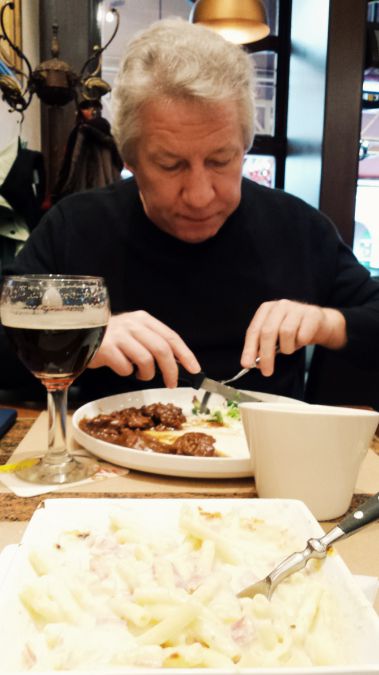 First things first: Lunch!
First things first: Lunch!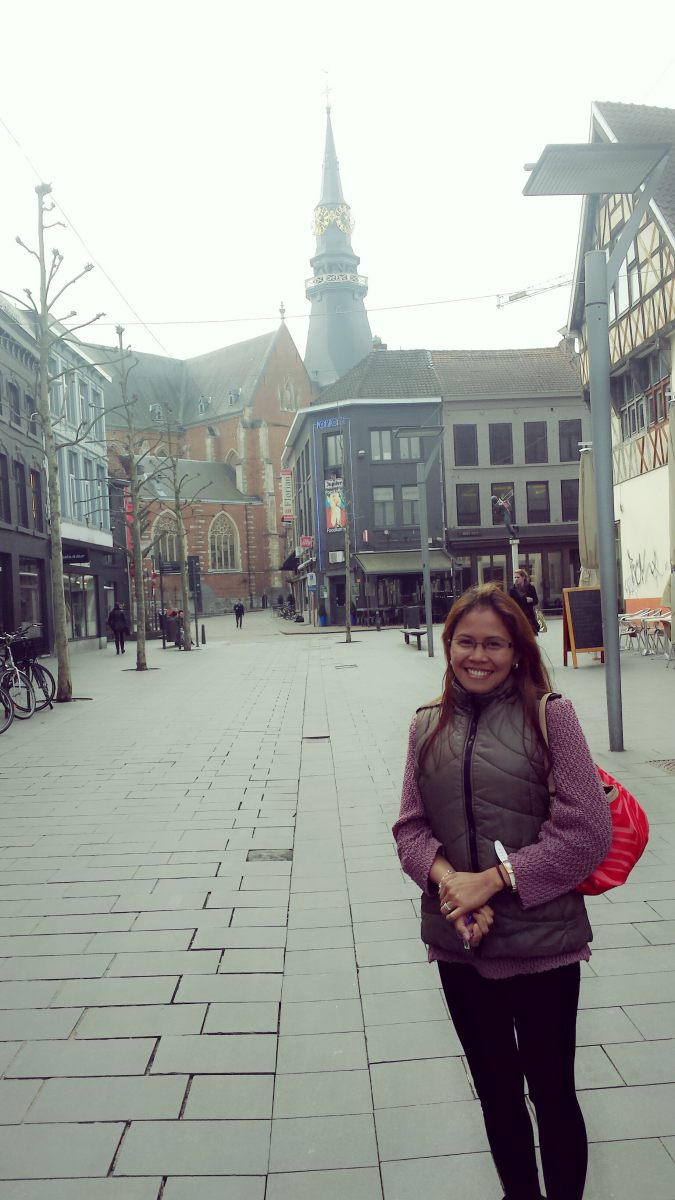 Traffic free center
Traffic free center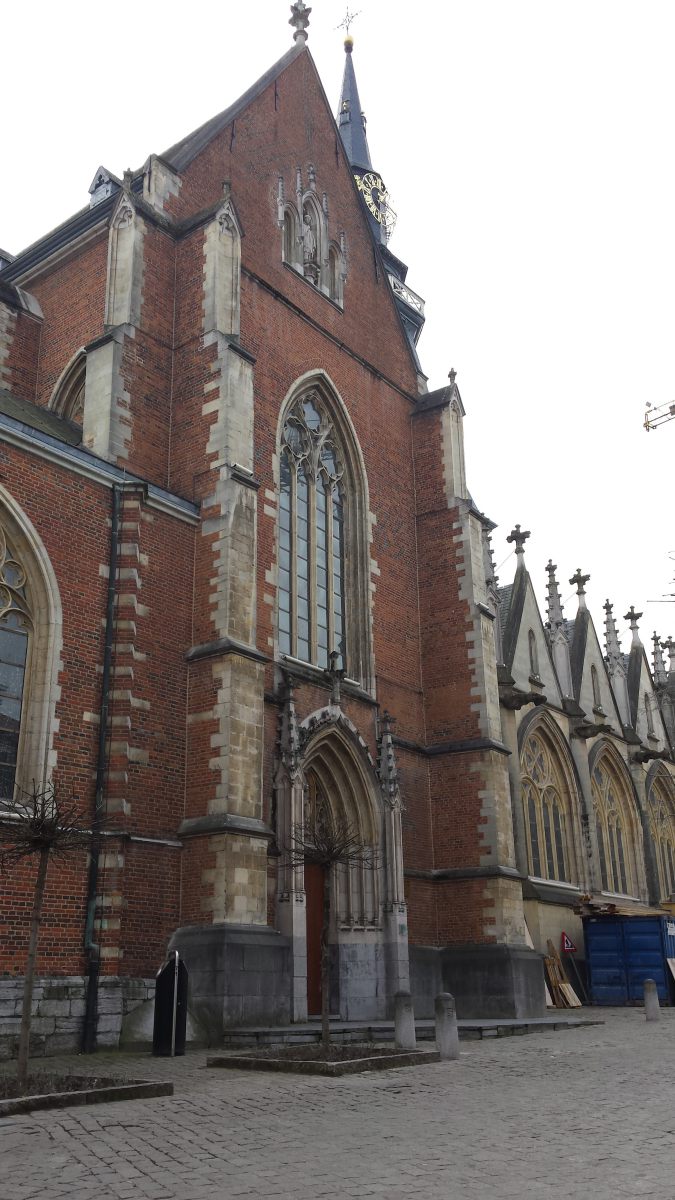 Cathedral St Quintenus
Cathedral St Quintenus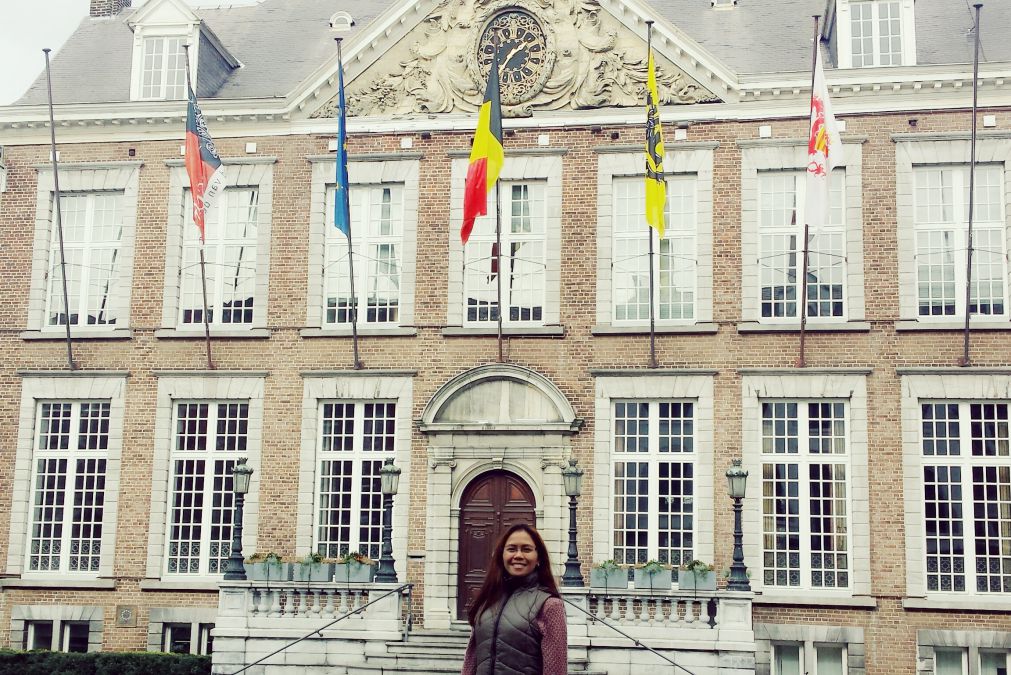 Hasselt Old City Hall
Hasselt Old City Hall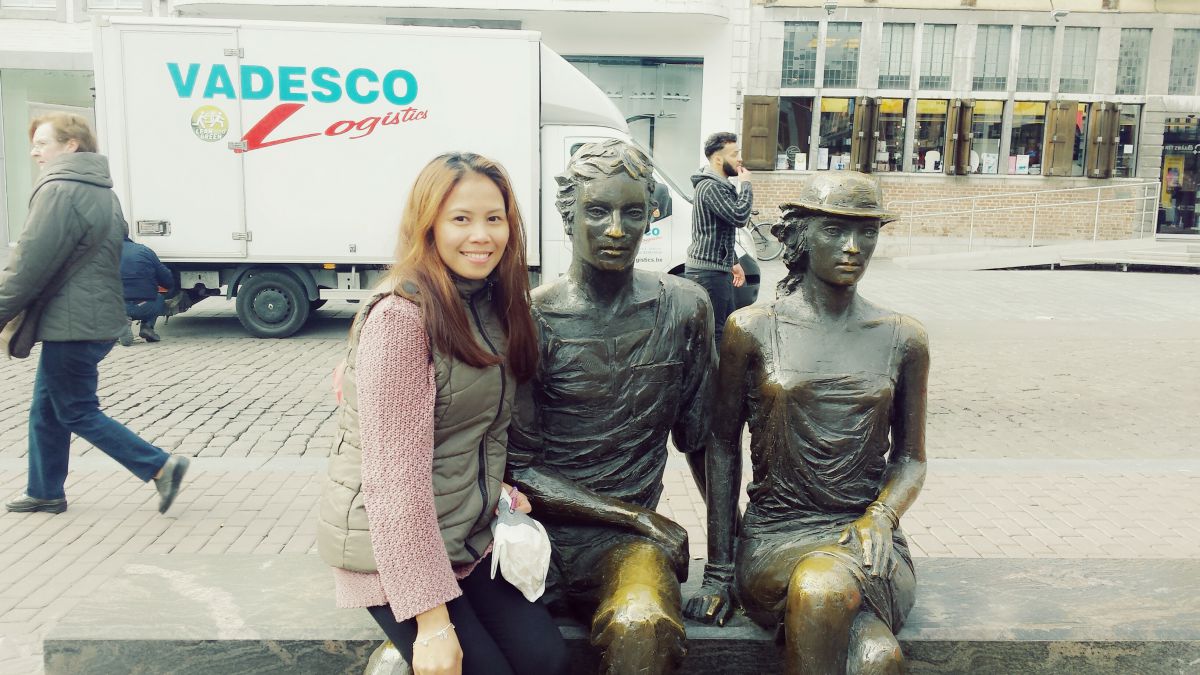 Bench on the Grand Market place
Bench on the Grand Market place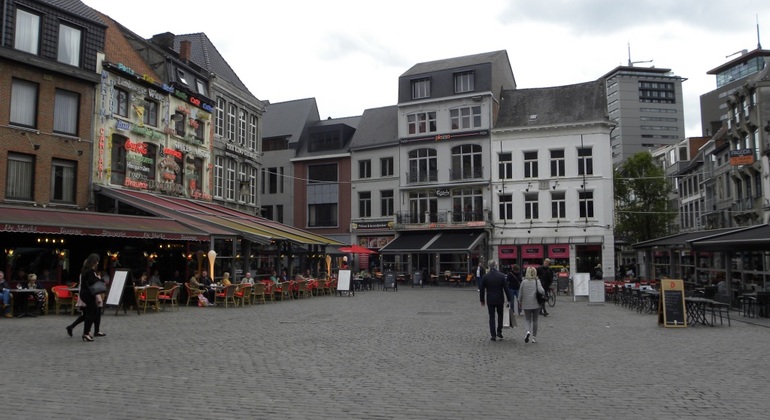 Grand Market place (rather small)
Grand Market place (rather small)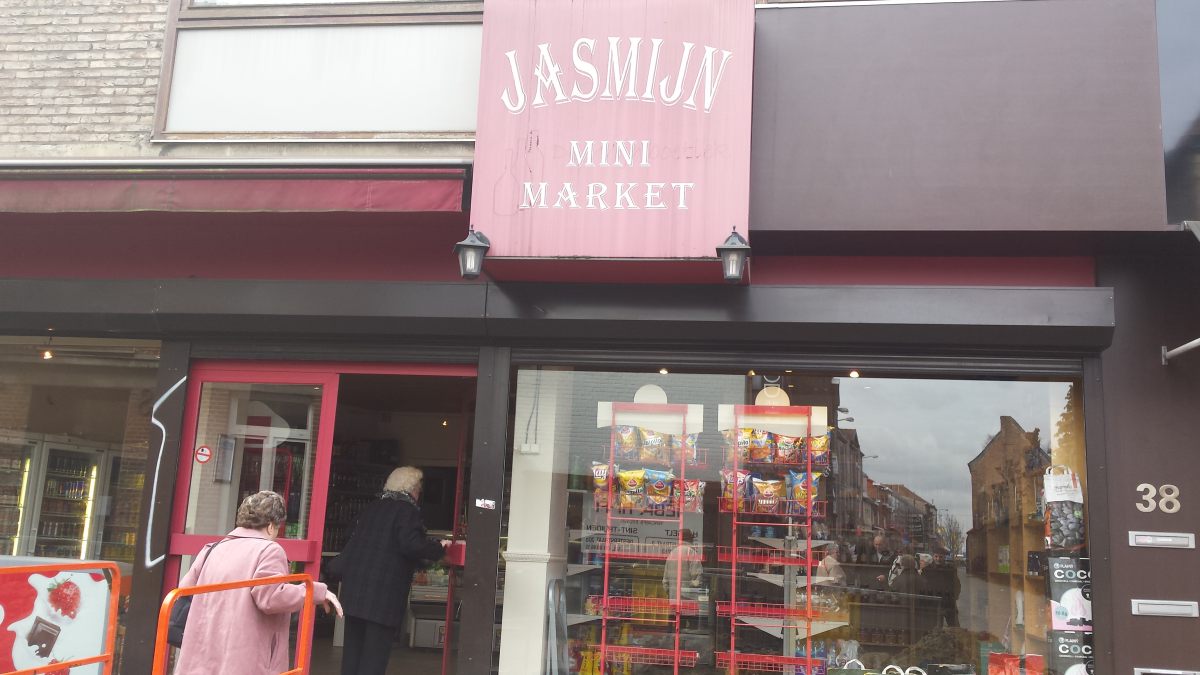 Jas has a store here
Jas has a store here 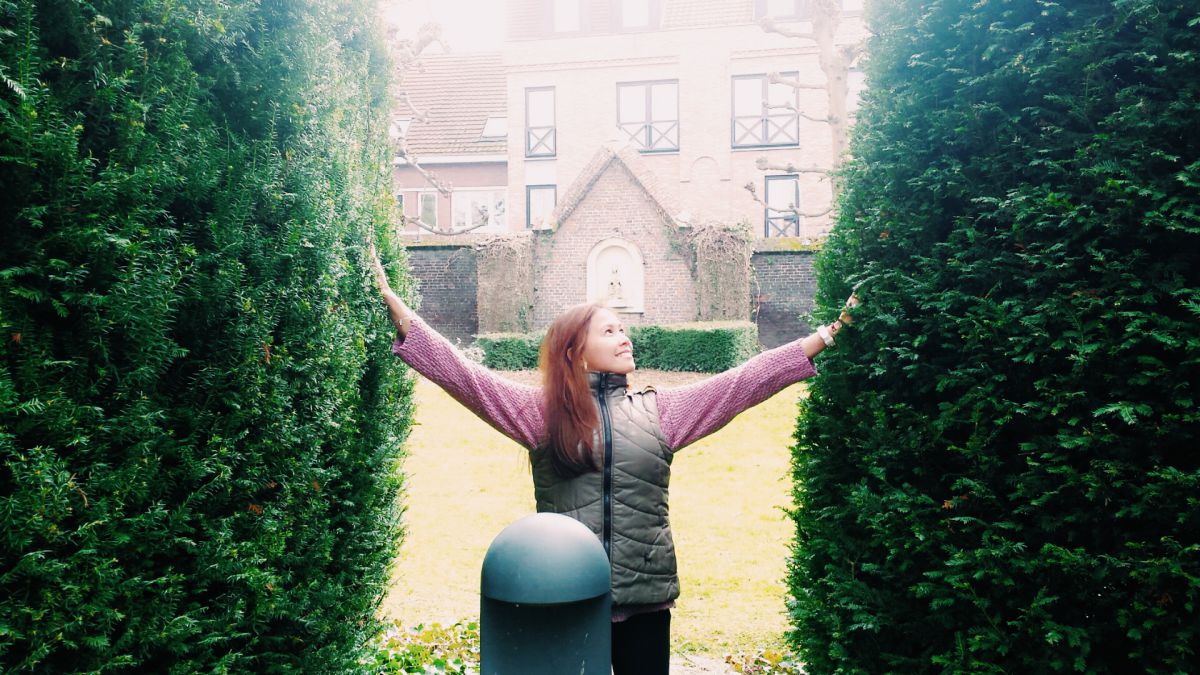 Jas the Beguine
Jas the Beguine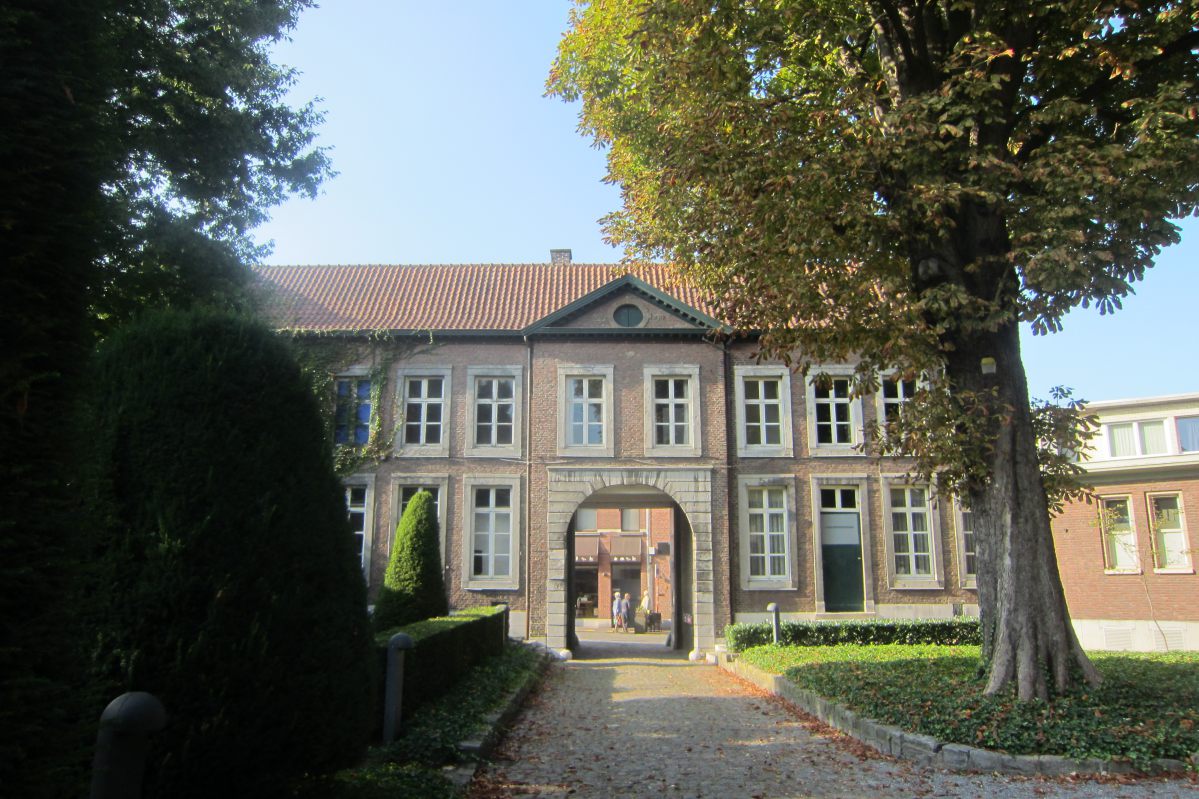 Hasselt Beguinage
Hasselt Beguinage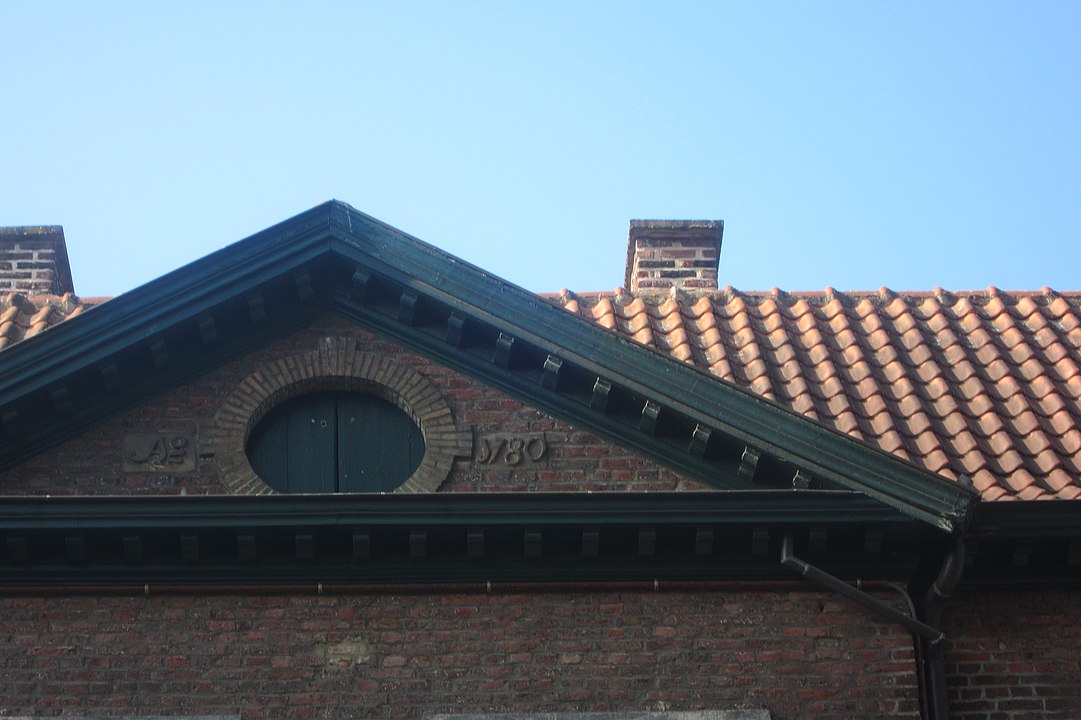 Hasselt Beguinage Facde stating year build 1780
Hasselt Beguinage Facde stating year build 1780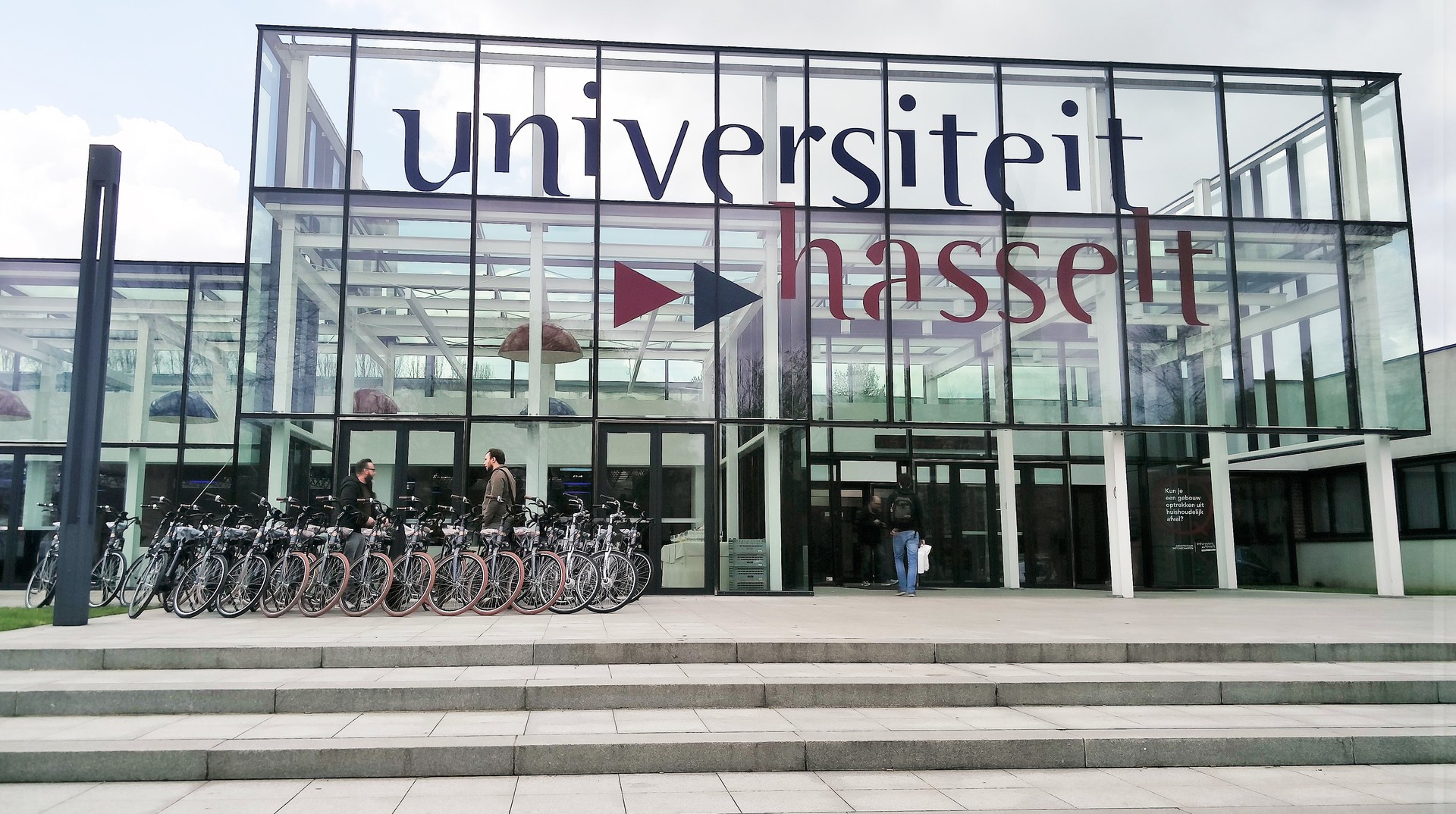 Hasselt is also a University City
Hasselt is also a University CityHistory of Hasselt
Hasselt was founded in approximately the 7th century on the Helbeek, a tributary of the Demer river. The name Hasselt came from Hasaluth, which means hazel wood. During the Middle Ages, it became one of the free cities of the county of Loon (which had borders approximately the same as the current province of Limburg). Hasselt was first named in a document in 1165. In 1232 Arnold IV, Count of Loon gave the city the freedoms like those enjoyed in Liège. Even though the city of Borgloon was the original capital of Loon, Hasselt was to become the biggest city thanks to its favourable setting, and the proximity of the count’s castle and Herkenrode in Kuringen. In 1366 the county of Loon became part of the Prince-Bishopric of Liège and remained so until the annexation by France in 1794.
During the First French Empire, after the French revolution, the city of Maastricht became the capital of the area called the French Department of the Lower Meuse. This comprised not only the area of the modern province of Limburg in Belgium, but also the neighbouring province of the same name in the Netherlands. After the defeat of Napoleon in 1815, Belgium became part of the United Kingdom of the Netherlands. During this time, King William I confusingly named the area after the medieval Duchy of Limburg, which had been centered in Limbourg on the Vesdre river, (now in the Liège province of Belgium), which had never encompassed Hasselt or Maastricht. Belgium split from the Netherlands in 1830, but the status of Limburg was only resolved nine years later in 1839, with the division of Limburg into Belgian and Dutch parts. Hasselt became the provisional capital of the Belgian province of Limburg. In ecclesiastical terms Belgian Limburg became an independent entity from the Diocese of Liège in 1967, and Hasselt became the seat of the new Diocese of Hasselt.Town center
The centre is mostly car-free and contains a number of historical buildings. Among the oldest buildings in the town centre are the St. Quentin's Cathedral (11th to 18th centuries) and the "Herkenrode Abbey refuge house" (1542). The Grand Place and the nearby streets are lined with restaurants brasseries, cafes and taverns.
The Demerstraat and the Koning Albertstraat are the most important shopping streets. In the Kapelstraat and the Hoogstraat are expensive shops with the most famous brands. Another major religious building, besides the cathedral, is the Virga Jesse Basilica. The churches must cede domination of the skyline of the city to the modern twin towers of the "TT-wijk", however. In 2003, the renovation of this complex, now including a shopping mall and a hotel, gave the centre a new boost. In 2004, Hasselt was the first city to receive the title "most sociable city of the region of Flanders", and has since claimed the title of "Capital City of Taste".


Comments powered by CComment